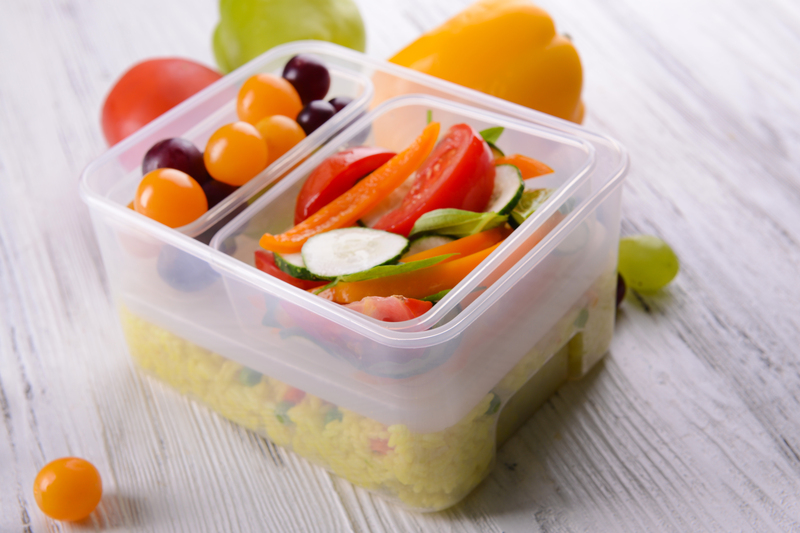Holiday Waste: A Significant Issue
The holiday season is a time for joy, festivity, and family gatherings. However, it's also a period notorious for an exponential increase in waste production. From excessive gift packaging to food waste, the environmental impact during the holidays is substantial. This article delves into the magnitude of holiday waste, offering insights, tips, and solutions to mitigate its effects.
The Extent of Holiday Waste
Every year, millions of tons of waste are generated during the holiday season. The Environmental Protection Agency (EPA) reports that household waste in the United States increases by about 25% between Thanksgiving and New Year's Day. In the UK, waste management companies note a similar spike, with an additional three million tons of waste produced during the same period.

Types of Holiday Waste
1. Gift Wrapping: Millions of miles of wrapping paper are used each holiday season, much of which is non-recyclable.
2. Food Waste: Parties, feasts, and large gatherings lead to an enormous amount of food being prepared, with a significant portion ending up in landfills.
3. Decorations: Many holiday decorations are made from non-biodegradable materials, contributing to long-term environmental harm.
4. Packaging: Increased shopping leads to more packaging waste, including cardboard, plastic, and Styrofoam.
Environmental Impact
The surge in waste during the holidays has severe ecological repercussions. Landfills reach capacity more quickly, leading to increased methane emissions - a potent greenhouse gas. Non-recyclable wrapping paper and plastic decorations contribute to pollution, harming both terrestrial and marine ecosystems.
Tips to Reduce Holiday Waste
1. Opt for Sustainable Wrapping: Use recyclable or reusable wrapping materials, such as cloth or brown paper.
2. Plan Meals Carefully: Avoid over-preparing food by planning meals according to the number of guests.
3. Decorate Sustainably: Choose eco-friendly decorations or create your own using natural materials.
4. Mindful Shopping: Purchase gifts with minimal packaging and consider buying locally to reduce the carbon footprint.
5. Reusable Items: Use reusable plates, cups, and cutlery instead of disposable ones during holiday gatherings.
Pros and Cons of Holiday Waste Reduction
Pros:
- Environmental Benefits: Reduced waste minimizes landfill use and lowers greenhouse gas emissions.
- Economic Savings: Cutting down on waste can save money on packaging and food costs.
- Enhanced Awareness: Adopting sustainable practices educates and inspires others to follow suit.
Cons:
- Inconvenience: Sustainable alternatives might require more effort and time to implement.
- Higher Initial Costs: Some eco-friendly products can be more expensive than their traditional counterparts.
- Limited Options: Sustainable choices might be limited in certain areas, making it harder to access them.

Takeaways
The holiday season doesn't have to be synonymous with waste. By making mindful choices, you can significantly reduce your environmental footprint. Opt for sustainable wrapping, plan meals to avoid food waste, and be conscious of the packaging and decorations you use.
Conclusion
While the holidays are a time for celebration, it's crucial to recognize and address the issue of holiday waste. By adopting sustainable practices, we can enjoy festive seasons without compromising the health of our planet. Each small change contributes to a larger positive impact, making the holiday season a period of joy both for us and our environment.

